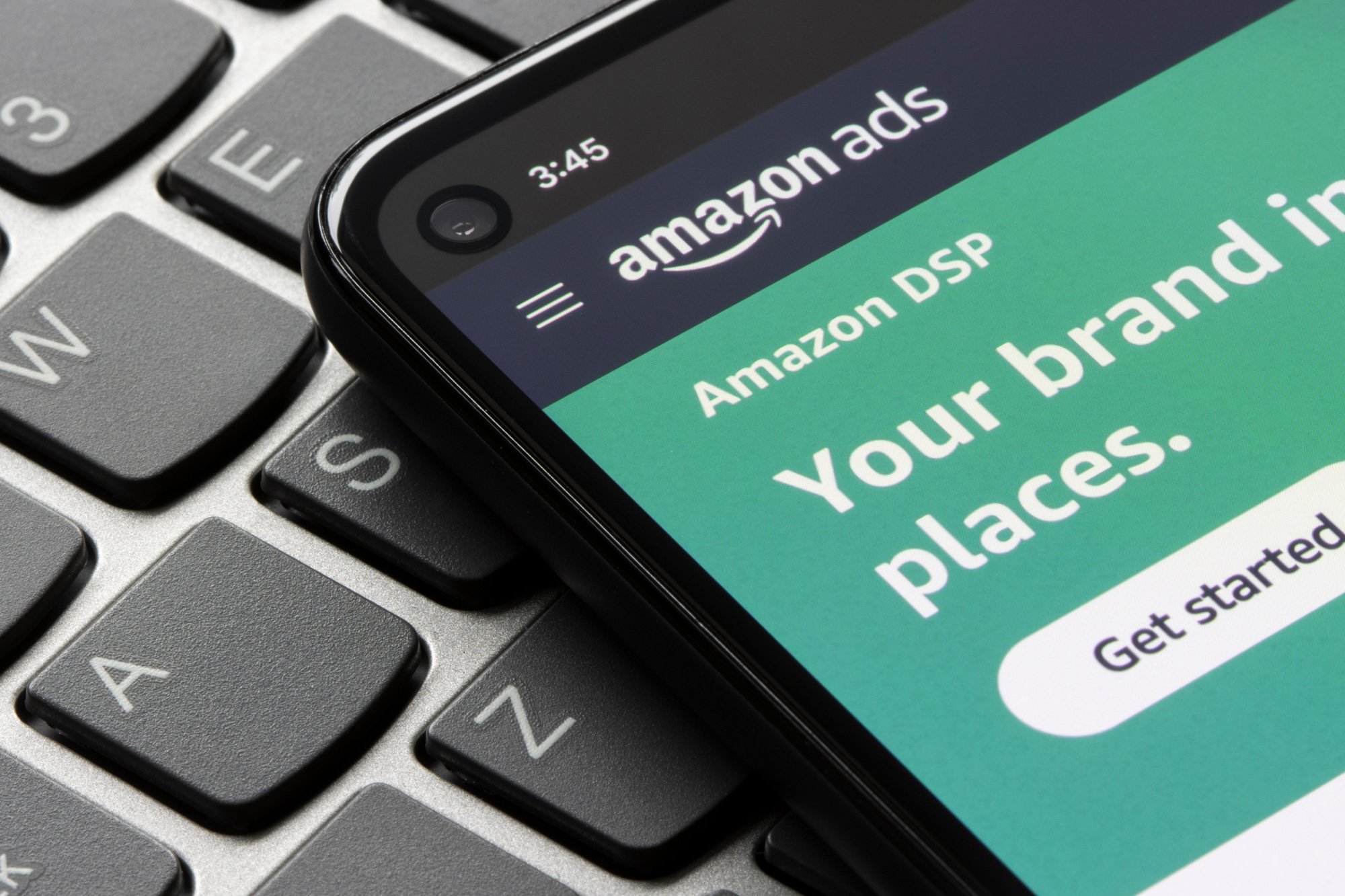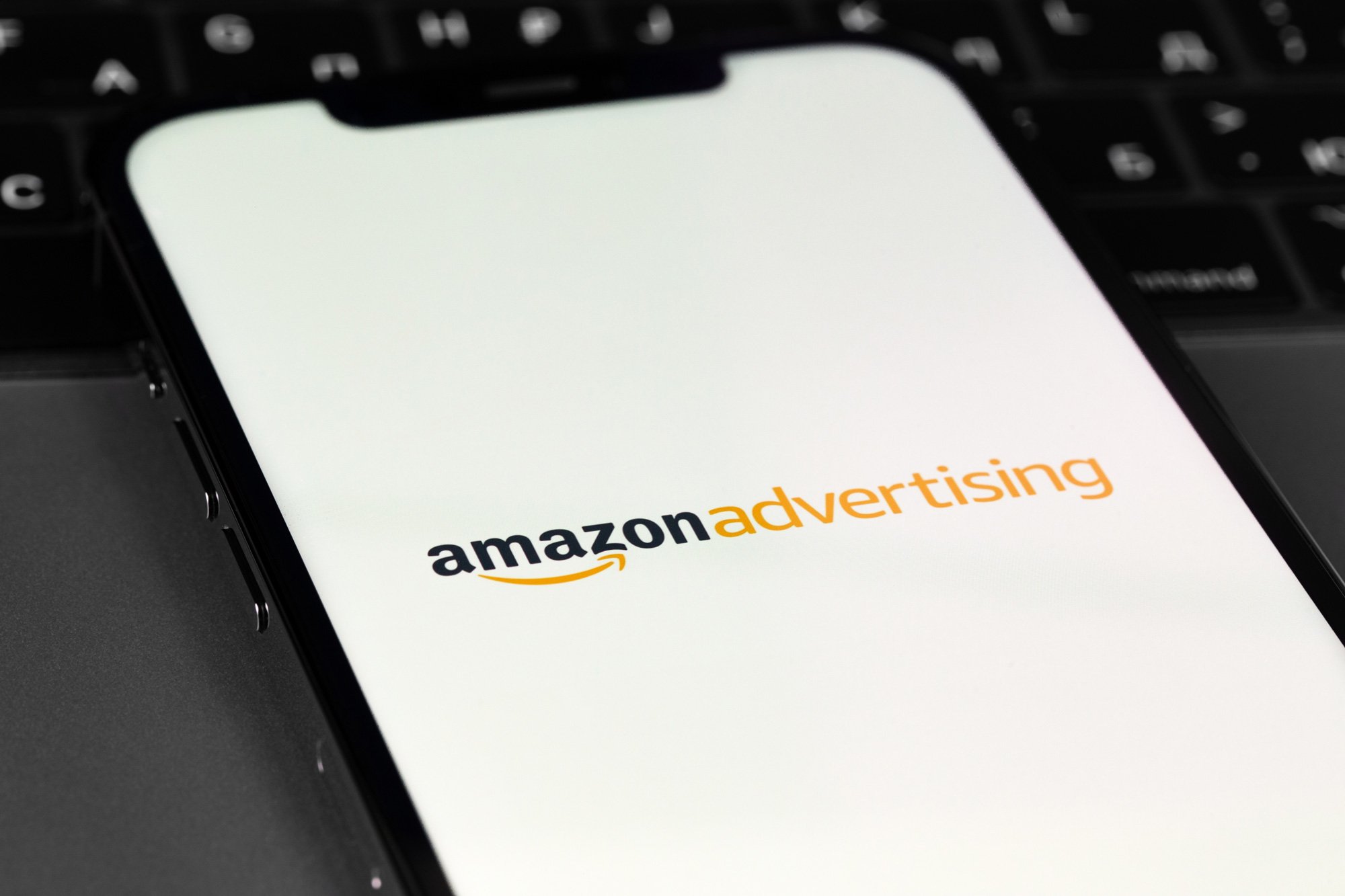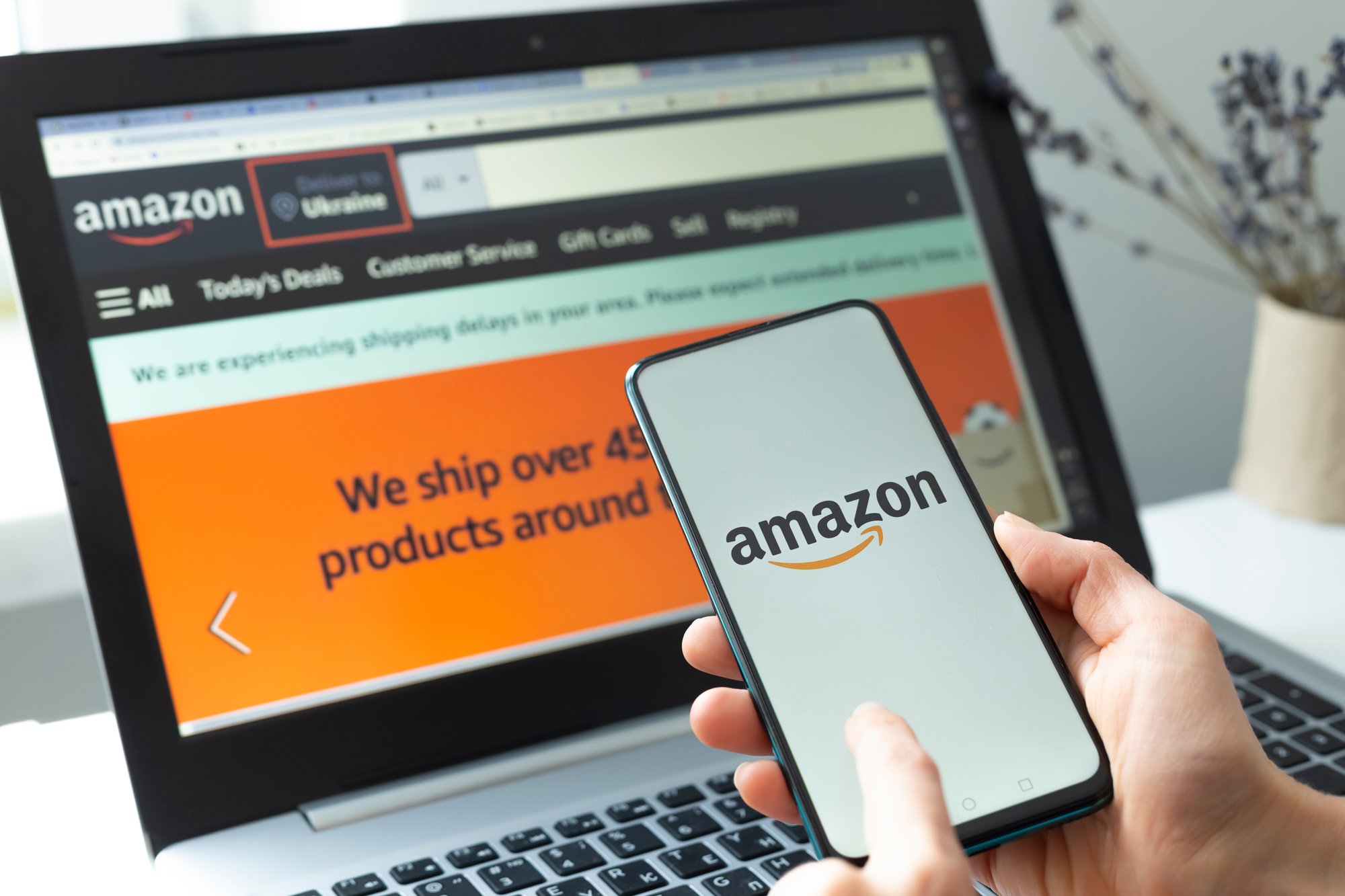RESOURCES
Free Premium A+, New Insights and More: Recent Amazon Features and Updates
For brands selling on Amazon, if you blink, you might just miss important updates. Luckily, Code3 Commerce Strategists are here to help. We keep our ear to the ground to learn about all the latest updates and critical changes on the marketplace. From important catalog updates on how to get Premium A+ content for free, to new reporting available in search and DSP, read on to learn all the latest updates brands need to know.
Catalog and Platform Updates
One of the most exciting announcements in recent months is that Sellers are now eligible for Premium A+ content at no cost. According to Amazon, implementing Premium A+ content can increase sales by 20%, so updating now free of charge can be a huge benefit for brands. This type of premium content features new, larger module types such as video, image carousels, and interactive hotspots.
This offer is for an extended promotional period, and will likely not be forever, so take advantage. To get access, brands need:
- A published A+ Brand Story across all of the ASINs in your catalog
- At least 15 A+ Content project submissions in “approved” status within the past 12 months
Access to Premium A+ is granted at the end of each month, and brands will be notified if they meet the criteria.
Amazon now offers Customer Engagement Campaigns, an email campaign builder brands can leverage to announce new products, 7-day deal details, and events. These campaigns, built using a provided template, are sent only to a brand’s Amazon Store followers. They can be used to supplement other product launch strategies and advertising campaigns.
To set up a campaign, brands will select a primary product plus up to 4 supporting products to showcase. The primary product will display alongside an optional lifestyle image, with supporting products displayed in a grid below.
The feature is only available to registered brands who have an Amazon Store page with followers, and ASINs must have 10 or more units of inventory at the time of campaign creation, before launch, and during the campaign send. Campaigns are approved by Amazon within 72 hours, and scheduled campaigns will be sent to followers within 5 days of the start date. Once the campaign has ended, Amazon provides brands with select metrics, including:
- Open Rate
- Click-Through Rate
- Opt-Out
- Sales
- Conversion Rate
In important news for compliance, Amazon is now requiring FCC documentation for all radio frequency (RF) devices. The FCC broadly classifies RF devices as any electronic or electrical product that is capable of emitting radio frequency energy and can include wi-fi devices, bluetooth products, mobile phones, two-way radios, and much more.
Brands whose ASINs fall into certain categories must provide evidence of FCC authorization; either an FCC certification number, or contact information for the Responsible Party, as defined by the FCC. Alternatively, brands can declare that the product is not capable of emitting radio frequency energy or is not required to obtain an FCC RF equipment authorization. If brands don’t comply with either option, ASINs can be subject to potential suppression.
Amazon’s Supplier Package Hierarchy (SPH) initiative is being split into separate programs. The initiative to develop more bulk assortments with vendor manufacturers is now turning into a new program called Amazon Bulk Services (ABS). The original SPH initiative focusing on developing a more connected and organized catalog with fewer order defects across ASINs, is being placed on hold.
Other notable catalog and platform updates from Amazon include:
- An updated Standards for Brands may put the Hybrid strategy in jeopardy
- A new update to the Manage Your Experiences program of A/B testing now allows for targeting one or more child ASINs, instead of an entire ASIN family
- A category listings report has been added to Seller Central inventory reports
- Size normalization is being implemented to provide shoppers with consistent product quantity information, this will automate size names in variations
- Brands in Seller Central are now able to report abuse such as Intellectual Property violations, customers violating returns policy, and more, in the Seller Central platform
SERP Updates
The SERP is commonly a testing ground for Amazon, and in recent months there have been several tests ongoing. First, mobile shoppers may have already noticed a change in the SERP, with organic video placements now seen on mobile devices for the apparel category. The videos provide a seamless transition from main image with model to a video with the model, which can most likely increase shopper engagement and CTRs. As of now, Amazon has not released any criteria or enablement details.
Amazon recently introduced a new badge that can be displayed on the SERP and PDP, a small business icon. Participation is free if your brand qualifies. To qualify:
- Brands must be registered with Brand Registry
- Amazon uses Gartner’s definition of a small business to determine if your brand meets the criteria
- Fewer than 100 employees & less than $50 million in annual revenue
To enable the badge, brands should contact Seller Support, provide the name of the brand and company, business address, and your merchant token ID. The Support team will review your eligibility and reply within 10 business days.
Other new badges that have been appearing on SERPs recently are “Amazon Brand,” and “Exclusive to Amazon.” These placements showcase private label brands, not just those with Amazon in the name. As well as brands and ASINs associated with the “Our Brands” initiative, where brand manufacturers build Amazon-exclusive assortments.
On the PDP in the grocery category, nutrition facts are now taking up some important real estate. Nutrition summary, facts, and ingredients are now appearing above the bullet points. They are enabled via the backend attributes, so brands should ensure that they are properly filled out for a great consumer experience.
A+ pages have an opportunity for an exciting update with the release of a Brand Story module, a new type of A+ content. Amazon Brand Story includes a background image and content cards that shoppers can toggle through like a carousel. The cards can present additional information about the brands and products with the option to use live text, and can be linked to individual products and the Brand Store. This new feature is a great opportunity to showcase the Store and drive traffic there, cross sell priority products, and add visibility to other categories.
Media Updates
Amazon continues to expand their reporting with two new reports available within the Search Console. The first, Sponsored Brand Attributed Purchases, provides awareness into the specific products sold and attributed to Sponsored Brand campaigns, breaking out each purchased ASIN sale by promoted vs. brand halo. With this data, brands can identify expansion opportunities. The second, Sponsored Display Matched Target, provides insight into which specific PDPs a brands ads are populated on within their respective targeting.
Within Sponsored Display, several notable updates and features were introduced:
- Brands now have the ability to target consumers on and off Amazon in a wider capacity, with a vCPM (cost/impression) bidding model.
- Metrics such as detail page views, viewable impressions, new-to-brand sales, and new-to-brand units, are now available within Sponsored Display console reports.
- Contextual targeting is now available, offering brands the ability to show ads to audiences who are currently visiting products and categories that you select and/or similar products.
There were many Sponsored Brand Video updates as well, including:
- Advertisers now have the ability to connect a Sponsored Brand Video campaign to the brand store. Historically this was limited to the PDP of the advertised product.
- There is now the ability to build videos for Sponsored Brand Video placements using a selection of Amazon-generated templates. This opens up more opportunities for SBV for brands with limited creative.
- SBV was once exclusive to desktop SERPs, but Code3 Strategists are now seeing them serve on desktop and mobile SERPs and PDPs.
DSP Updates
On the DSP side, audio ads are now available. These types of ads, formerly only available through managed services, can help brands reach a wider audience during screen-free moments, building brand awareness. Additionally, Amazon has introduced new CTAs to video ad experiences, incorporating QR codes. Viewers can scan the QR code on the screen during a video to visit a brand or PDP. Brands can also leverage “send me more info” as a CTA to the video ad experience.
And finally, CPG and grocery advertisers will be excited that they now have access to holistic insights using Omnichannel Metrics (OCM). This offers:
- Cross Channel View: a holistic view of shopping activities on and off Amazon, online and offline
- Multi-source signal: de-duplicate metrics combining Amazon retail and third-part offline sales signals
- Line-item level reporting: advertisers can now see the relationship between ad audiences, placements, and creatives on outcomes
- Mid-flight Accountability: metrics reported mid-flight, helping advertisers change tactics or reallocate budgets to optimize business outcomes in time
When selling on Amazon, it’s critical to stay up to date. If you could use a strategic partner to make it easier, contact us today.
SIMILAR POSTS YOU MIGHT BE INTERESTED IN:
SIGN UP FOR OUR WEEKLY NEWSLETTER

News, Views, and Valuable Resources
Delivered to Your Inbox Each Week




